Recently Released.
Newly Released in the last 30 days


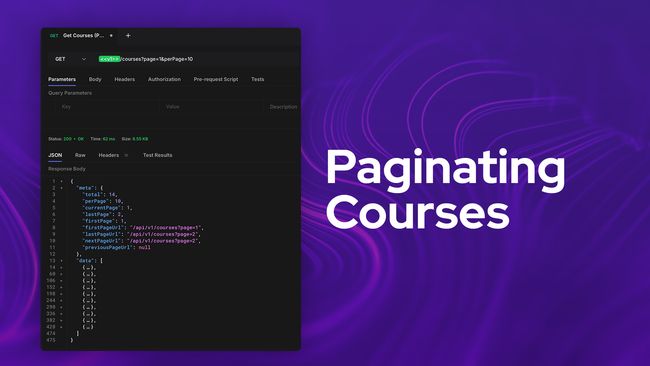
Paginating our Course List
In this lesson, we'll transform our courses list endpoint into a pagination endpoint. We'll check and validate our query string for a page and per page parameter that we'll then use to fetch pages of our courses.


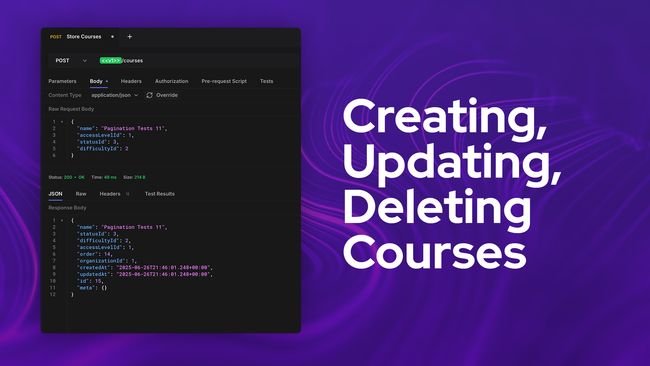
Creating, Updating, and Deleting Courses
In this lesson, we'll add endpoints to allow creating, updating, and deleting courses from our API. We'll then use this to stub a number of test courses to give us wiggle room to play with our pagination.


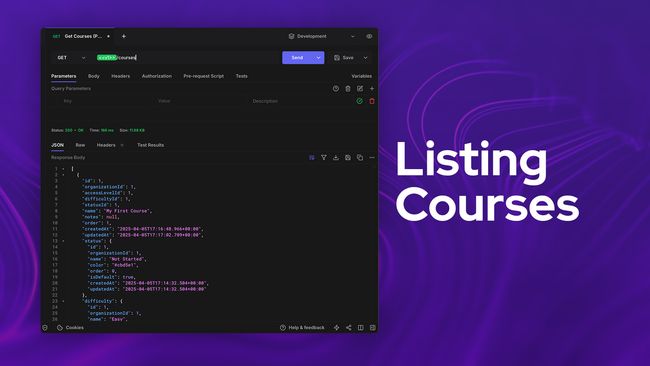
Listing Courses
Our goal in this step is to add an endpoint that lists our courses. We'll then build upon this endpoint further with the ultimate goal of getting a list of paginated courses.


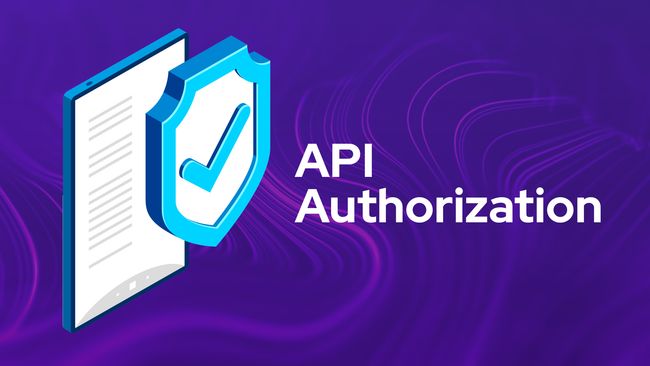
API Authorization Checks
In this lesson, we'll implement our API Authorization checks across all the API controller methods we've implemented thus far. We'll then create a specific access token for each operation (read, create, update, and delete) to ensure everything is working.



Status API CRUD
In this lesson, we'll duplicate everything we did one more time for our organization's statuses.



Access Level API CRUD
In this lesson, we'll walk through adding API endpoints for the full CRUD (create, read, update, and delete) flow for our organization's access levels.


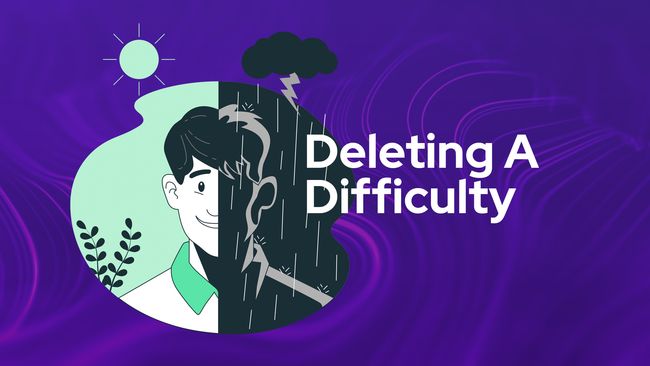
Deleting A Difficulty
The last CRUD method we need to add is the ability to delete our a difficulty by adding a DELETE API route, we'll take care of that in this lesson.


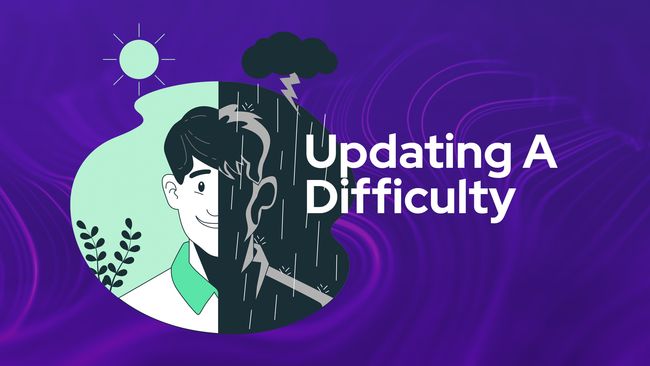
Updating A Difficulty
In this lesson, we'll add a PUT API route to handle updating our difficulties! This route will also accept in a specific difficulty id via route parameter to specify which difficulty should be updated.


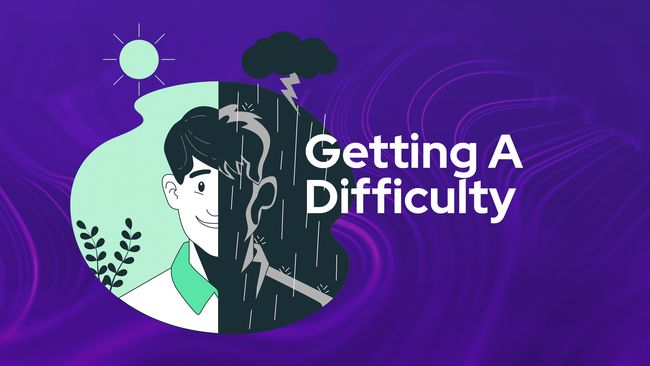
Getting A Specific Difficulty
In this lesson, we'll add a GET API route enabling us to get the details of a specific difficulty by providing the difficulties id via route parameter.


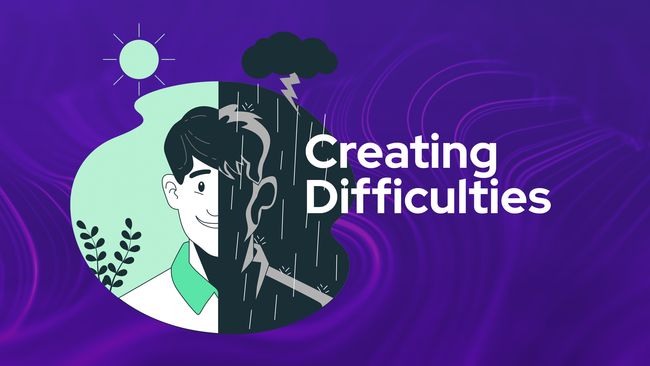
Creating Organization Difficulties
Next, we'll add a POST route and handler so that we can create difficulties from our API


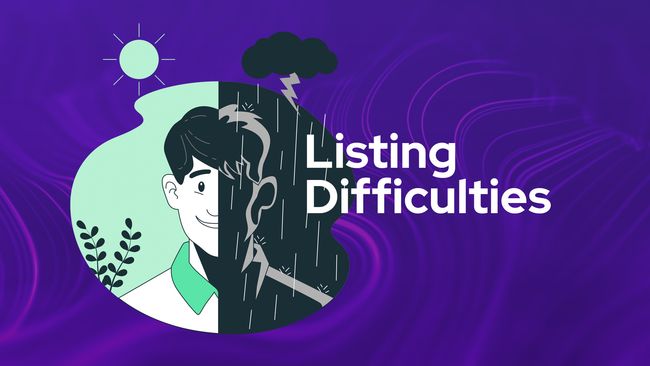
Listing Organization Difficulties
In this lesson, we'll begin work on our first CRUD-based API resource by adding the ability to query a list of all our organization's difficulties.
Lessons.



A Deep Dive Into Mixins & Compose
In this lesson, we'll walk through what mixins are and how they work by first inspecting them as plain objects then working our way into classes then finally TypeScript. We'll then implement mixins via AdonisJS' compose utility.

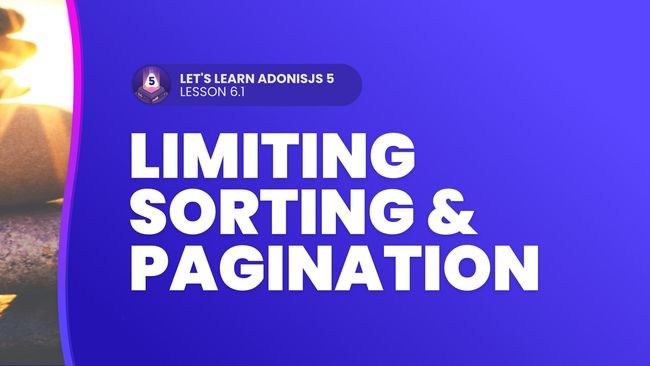
Limiting, Sorting, & Pagination with the Query Builder
In this lesson, we'll take a look at the various options we have to limit results when using the query builder including first, firstOrFail, limit, and pagination. We'll also learn how we can sort our results.

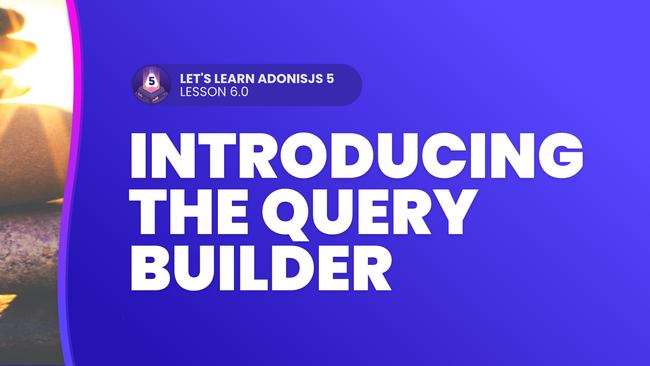
Intro to the Query Builder & It's Where Statements
In this lesson, we'll introduce the query builder. We'll spend most of our time looking at its various where statement options and how we can use them to build queries.
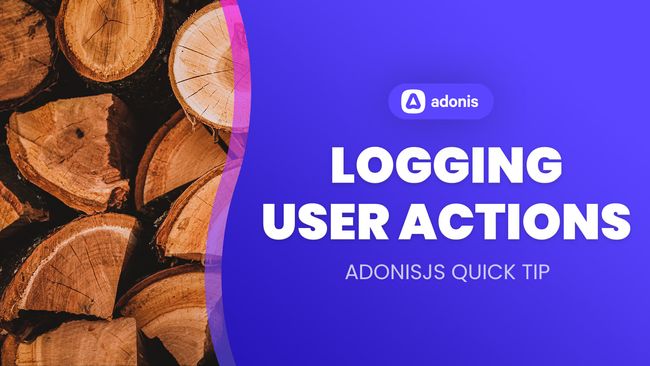
How To Use AdonisJS Model Hooks To Log All User Actions
In this lesson, we’ll be taking a look at how we can log any and every user action performed against our AdonisJS models.
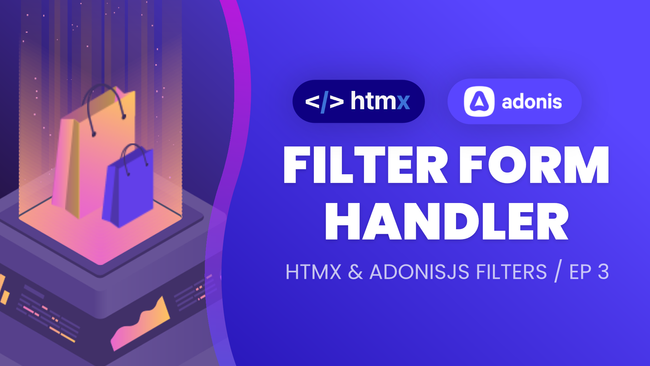
Defining Our AdonisJS Filter Form Handler
In this lesson, we'll expand on the filter query we built in the last lesson by reusing the query within a service for our filter form handler.
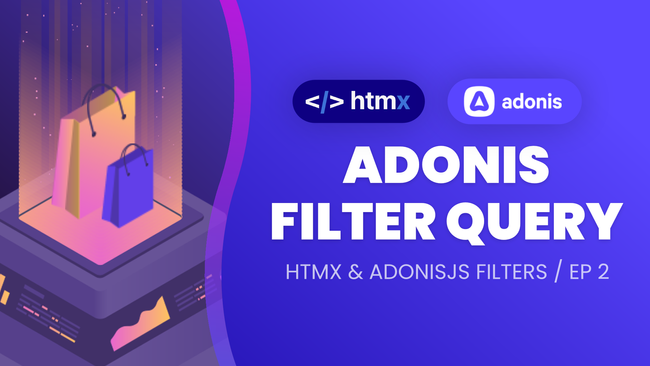
Creating Our Filter Query with AdonisJS
In this lesson, we'll create the route and query we'll need to get filtered results with our filter form using the Lucid ORM and AdonisJS.
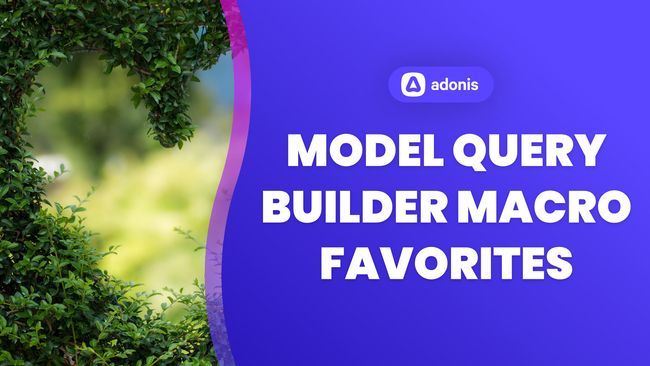
Exploring My Favorite AdonisJS Model Query Builder Macros: Tips and Examples
In this lesson, I'll highlight a few of my favorite Model Query Builder Macros that I carry with me from project to project. Have a favorite of your own? Let me know in the comments!
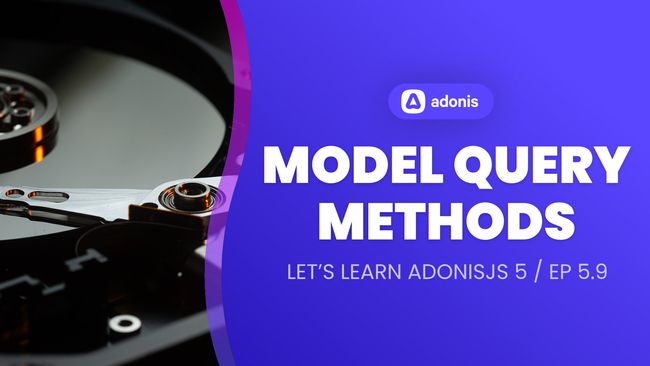
Easy Querying with Static Model Query Methods
In this lesson, we'll learn what static methods are available on our Lucid Models to help us easily query records from our database. These methods offer a convenient query option compared to the query builder.
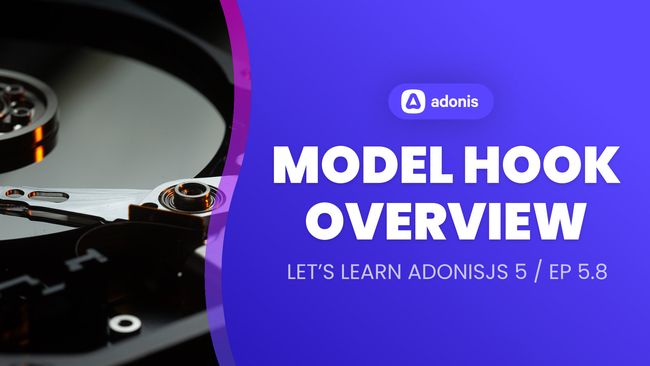
Password Hashing & Model Hook Overview
In this lesson, we'll learn briefly about the model hooks available and how they work. Then, we'll walk through an example by hashing our password anytime it is changed.
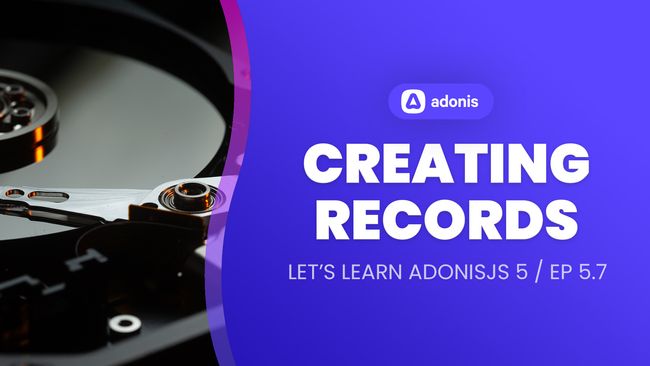
Creating Records with Lucid ORM
In this lesson, we'll learn various ways we can create and bulk-create records using the AdonisJS Lucid ORM.
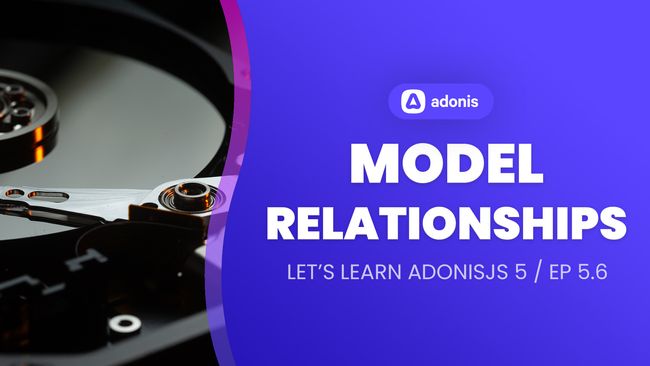
Defining Model Relationships
In this lesson, we'll learn how to define relationships on our Lucid Models. We'll cover one-to-one, many-to-one, one-to-many, and many-to-many relationship definitions.
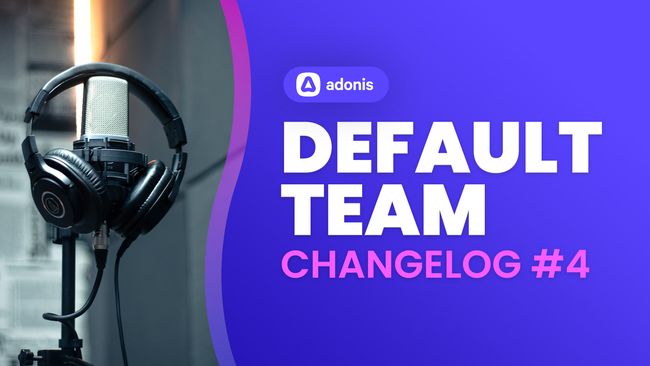
Creating Teams & Setting Default Team
In this stream, we'll be adding the ability to create new teams, set the default team for a user when they switch between teams, and auto-forward users to their default team after login.
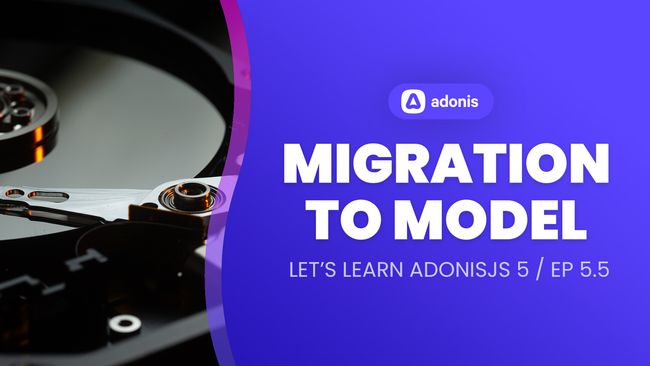
Database Migrations To Lucid Models
In this lesson, we'll walk through examples of transferring our database migrations into our Lucid Models. This will pave the way for us to begin CRUD operations in later lessons.

Database Schema to Migration
In this lesson, we'll walk through a real-world example of a database schema and how to create migrations. We'll define each table's columns, primary keys, and foreign keys.
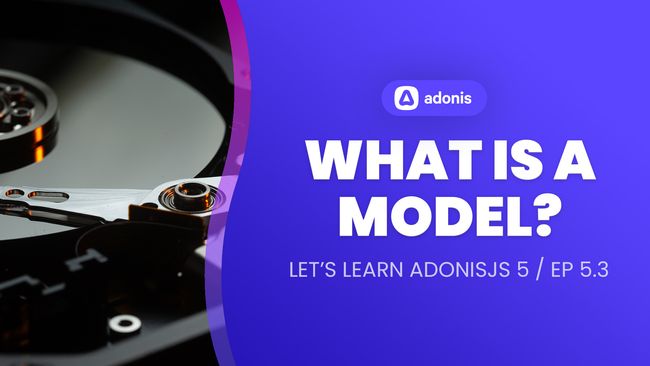
What Is A Model?
In this lesson, we'll delve into AdonisJS Models learning what they are, what they represent, how to create them, what we can do with them, and more.
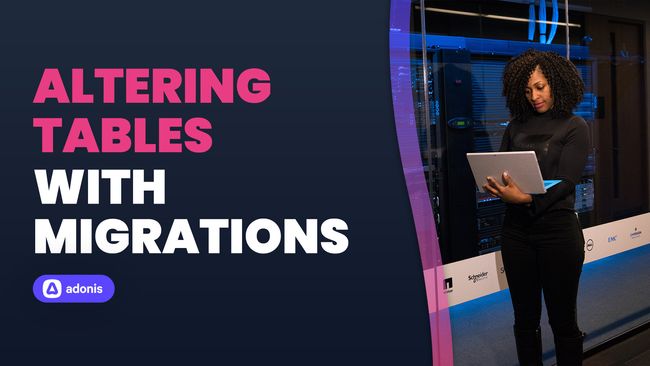
What To Know Before Altering Your Database with Migrations
In this lesson, we'll discuss two different flows you can use to alter your database. One, when working completely locally and another when a migration has already been executed on your production database.
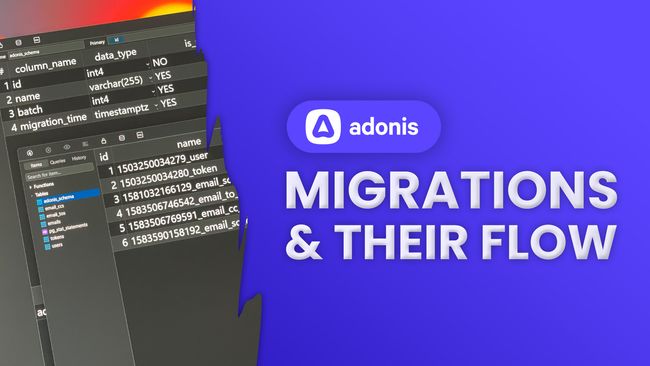
Migrations & Understanding the Flow of Migrations
In this lesson, we'll learn all about migrations, what they are, how they're used, and how they're tracked. We'll also learn about the flow of migrations and how they work similarly to a timeline.
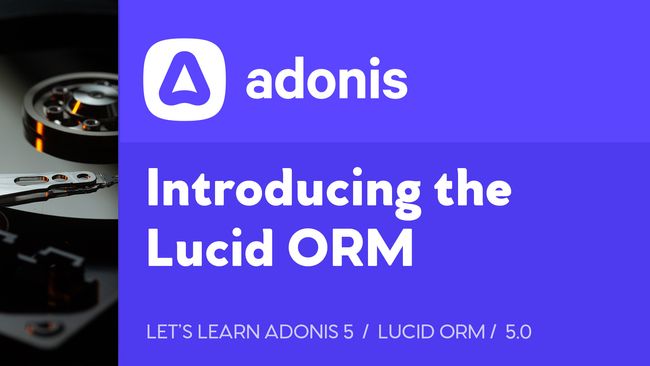
Introducing, Installing, and Configuring Lucid ORM
In this lesson, we'll learn about Lucid ORM; its capabilities, Ace CLI commands, and the difference between it and the Database module. We'll then install and configure it within our project.
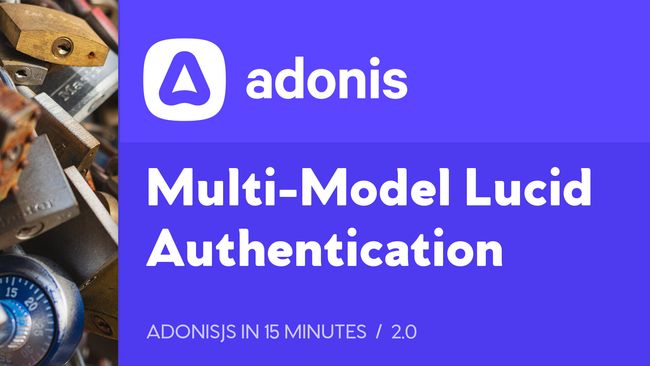
How To Do Multi Model Authentication with AdonisJS and Lucid ORM
In this lesson, we'll learn how to set up multi-model authentication using a User and Admin model with AdonisJS and Lucid ORM.
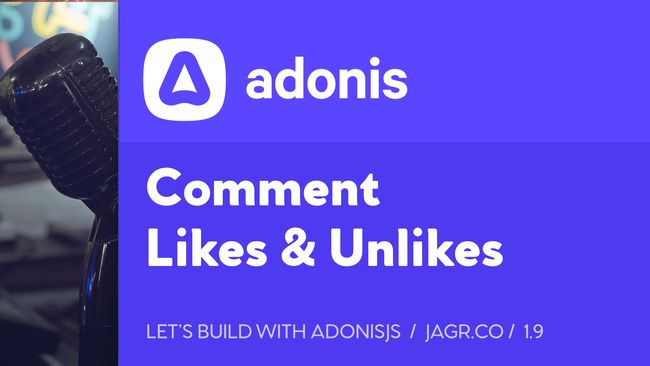
Comment Likes & Unlikes
In this stream, we'll be adding the ability to like and unlike a comment on the new upcoming Jagr.Co site, built with AdonisJS.
Showing 101 to 120 of 139 results